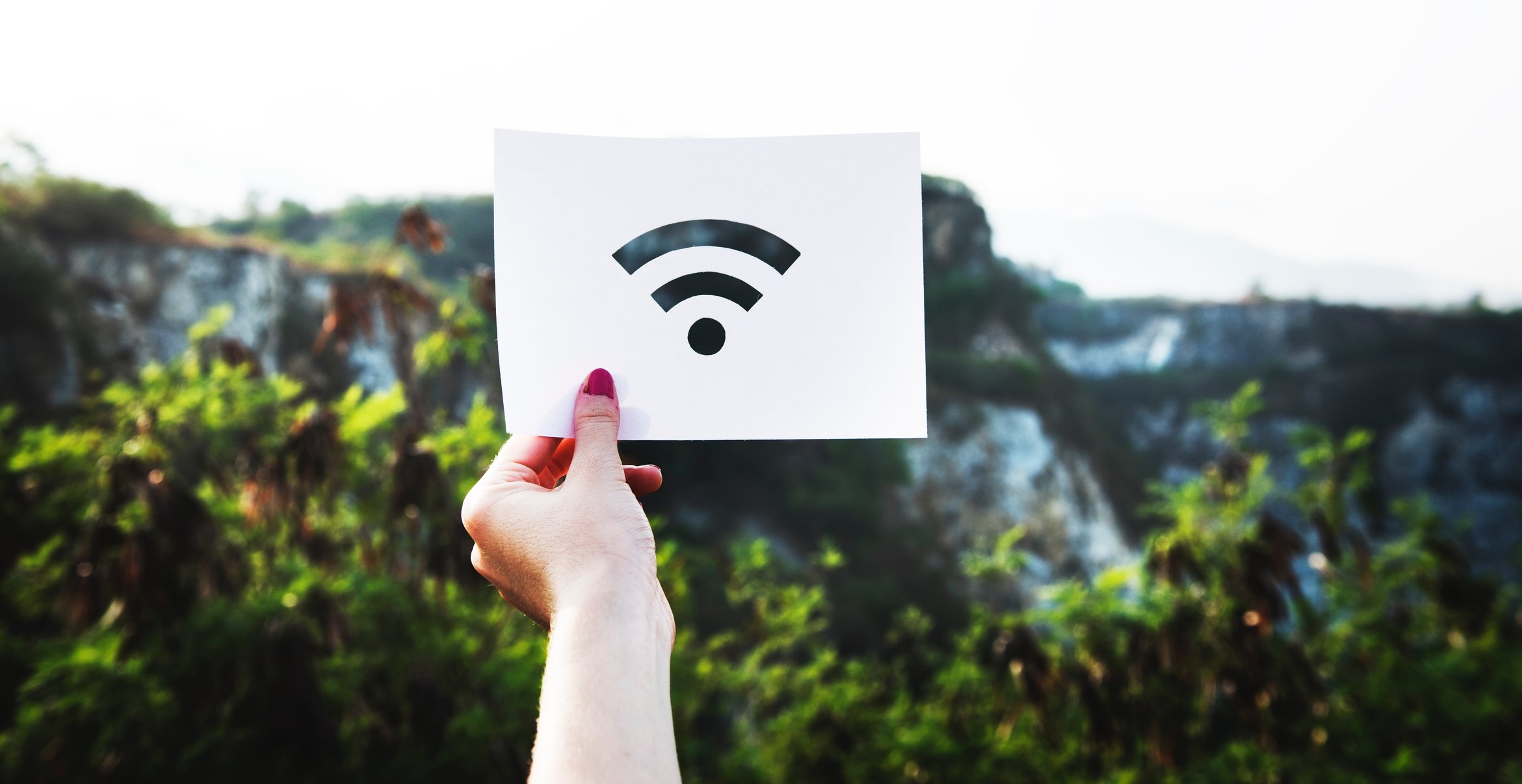Forget about fuel economy, acceleration times, or reliability. What many new car shoppers want to know is if they will be able to integrate their smartphone with their new car’s multimedia system, and if the latest vehicle is Wi-Fi compatible. Automakers are increasingly developing new cars with these consumer demands in mind. People in the market of buying a new car want to be able to access things like navigation, music, phone calls and text through their car's dashboard touchscreen, steering wheel buttons, or by voice command for a more hands-free experience. In response, the 2017 lineup of vehicles include one or more tech-savvy feature. Demand for multimedia systems, including Android Auto and Apple CarPlay, continues to increase, and with it, the number of vehicles catering to these needs.
A year ago, fewer than 50 vehicles were offering one or more of these features. The list has reached over 100 this year, as reported by the Detroit Free Press. General Motors now has Android Auto and Apple CarPlay in 30 of its models. Ford, a company that one year ago didn’t even have one vehicle with a multimedia system, is now the first vehicle manufacturer to offer Android Auto and Apple CarPlay on every vehicle line it sells, including the luxury Lincoln brand. BMW and Porsche have the option for Apple CarPlay in a majority of their models, though no plans to add Android Auto have been announced.
While many automakers are jumping to integrate already existing technology into their cars, Toyota is going against the grain by creating their own system, called Scout GPS Link. This system allows the integration of a smartphone navigation app with the vehicle's multimedia system on many of the Toyota and Lexus models.
On the Wi-Fi front, GM and Ford are following in the footsteps of Chrysler by implementing Wi-Fi in some of their vehicles, thereby bringing wireless connection to models other than just luxury cars. Some GM cars now even have OnStar 4G LTE, Ford has upgraded their MyFord Touch system to make accessibility easier for users, and even Chrysler has extended Wi-Fi to its Jeep and Dodge models, giving vehicles an extended 150-foot range for secure and private network connections.
As with all new inventions, the latest and greatest vehicle technology is not without its setbacks. When a driver is too busy changing the music, sending a text message, or consulting the multimedia system for directions, they are engaging in distracted driving behavior and are putting themselves and other drivers at risk of being involved in a distracted driving car crash.
Not only do these high-tech systems pose a car accident risk, but they also increase the likelihood of car hacking incidents. Researchers Charlie Miller and Chris Valasek conducted a controlled experiment to test the capabilities of the software, finding that they could remotely access a Jeep Wrangler and control its functions through its multimedia system. They were even able to cut the brakes and engine!
In response to the rising threat of car hacking, the National Highway Traffic Safety Administration (NHTSA) accounced that "to ensure a robust cybersecurity environment for these dynamic new technologies, NHTSA adopted a layered research approach, modified its organizational structure, and is continually developing vital partnerships, encouraging members of the industry to take independent steps to help improve the cybersecurity posture of vehicles in the United States. NHTSA's goal is to stay ahead of potential vehicle cybersecurity challenges, and to continue seeking ways to address or avoid them altogether."
Despite the public’s desire for a wireless network while on the road, it comes at a price some are not willing to pay. It has been proven that the Wi-Fi systems in cars can be exploited. Until the guidelines and regulations concerning cybersecurity in cars and their multimedia systems are tested, improved and enforced, drivers must use their car's technology with caution in order to avoid being hacked. Drivers should also be wary of interacting with their car while driving in order to avoid distracted driving car accidents.
Multimedia systems are designed to make things easier for the driver since they allow the driver to be able to use the features of their smartphone, without actually using their phone. While this hands-free technology may help to prevent the number of car accidents caused by distracted driving, it doesn't complete eliminate distracted driving behaviors. If you or anyone you know has been involved in a car accident caused by a distracted driver, contact The Michigan Law Firm PLLC. For a free consultation, call us today, at 844.4MI.FIRM.



